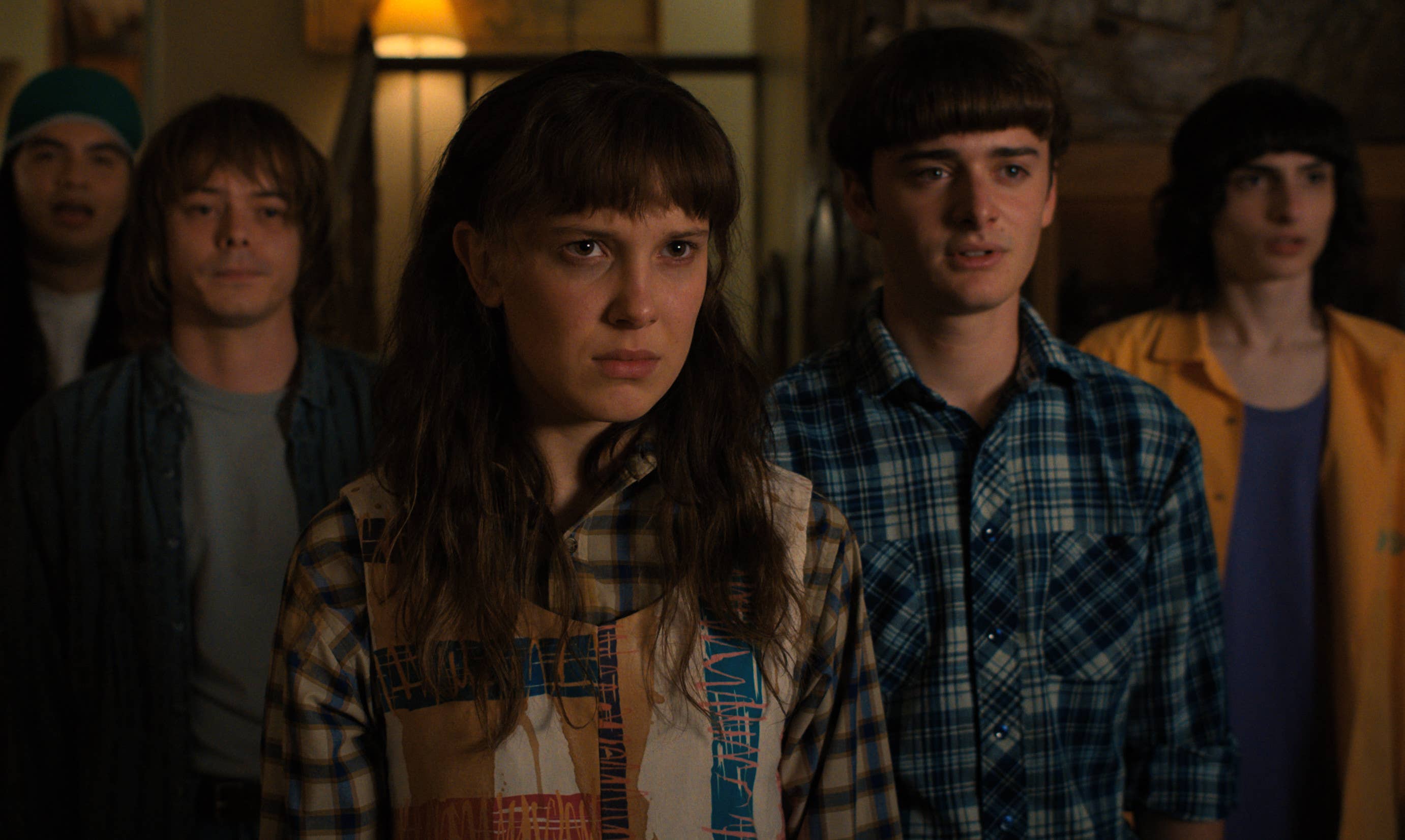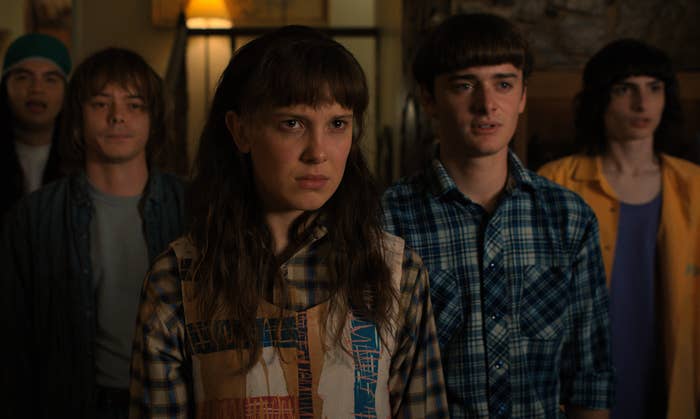
The trajectory of both Netflix and Stranger Things will always feel inextricably linked to one another. While the streaming service had other substantial word-of-mouth hits prior to the debut of Stranger Things, the Duffer Brothers-created and helmed series became a mass-marketable franchise—complete with toys, merch, and spoiler-filled boardgames to match. But the reality of the streamer’s business model has all but turned Netflix, well, upside down, so the premiere of the hit show’s staggeringly expensive fourth season arrives at a critical juncture.
Stranger Things 4 opens in 1986, about a year or so after the battle of Starcourt, with vast swaths of characters scattered to the wind, Return of the Jedi style. Eleven (Millie Bobby Brown) is struggling to fit in amongst bratty high school girls while living with the rest of the Byers clan—Joyce (Winona Ryder), Jonathan (Charlie Heaton), and Will (Noah Schnapp). Those left behind in Hawkins are having challenges of their own; Mike (Finn Wolfhard) and Dustin (Gaten Matarazzo) are feeling left behind after Lucas (Caleb McLaughlin) joins the Hawkins High basketball team but are enthralled by Dungeons and Dragons head Eddie (inspired new addition, Joseph Quinn) and the theatricality he brings as a Dungeon-master.
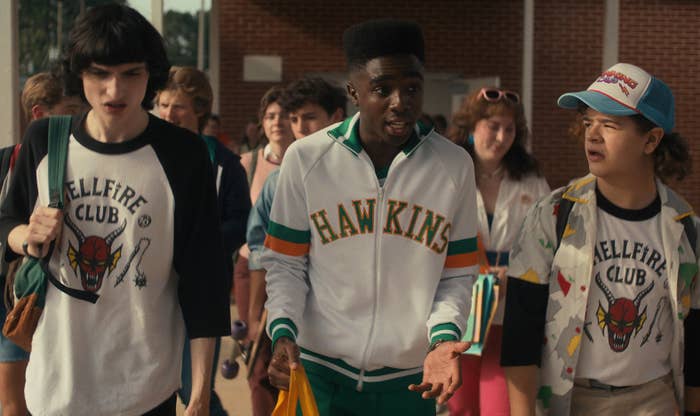
Nancy’s natural (Natalia Dyer) investigative instincts have landed her a spot at the Hawkins High school newspaper, while Robin (Maya Hawke) and Steve (Joe Kerry) continue their excellent rapport at the local video store. Doing less well is Max (Sadie Sink), who is still mourning the loss of her brother Billy (Dacre Montgomery), and has pulled away from the rest of the group significantly as she processes her grief. Meanwhile, the assumed dead Hopper tolls away in a prison camp behind the Soviet Union’s iron curtain, angling for a great escape. Stranger Things being Stranger Things, it’s only a matter of time before a new threat emerges from the Upside Down to terrorize Hawkins, causing everyone to rally together once more.
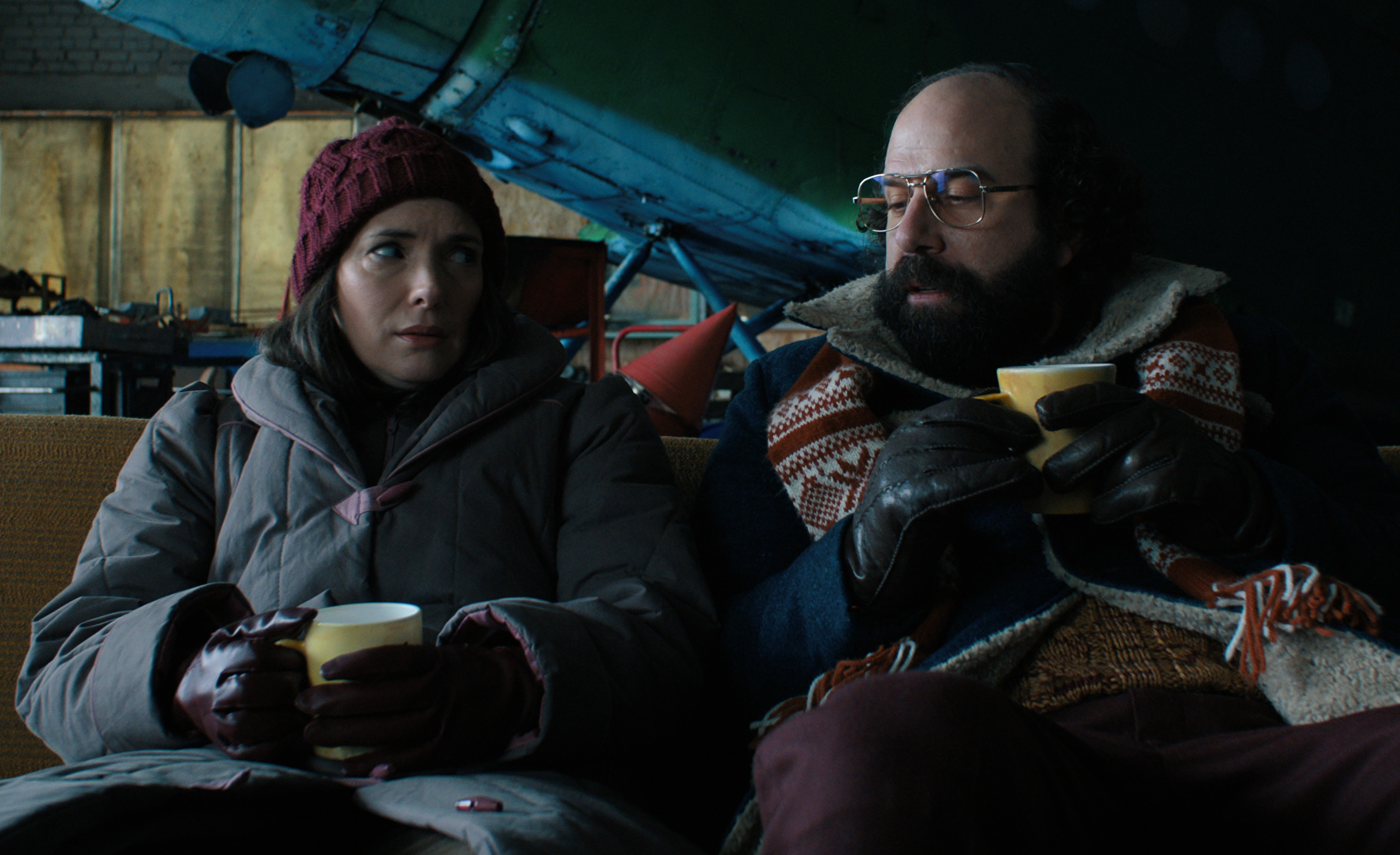
Stranger Things 4 works quickly to set up its overarching plot, which is extensive enough to require the series to air in two different blocks; the first seven episodes debut on May 27 and clock in just under nine hours (I watched all seven), while the last two installments drop July 1 and will be almost four hours in total. As the season progresses, my investment in the four or five (depending upon how you want to group them—I can’t say much more without running afoul of the spoiler-guidelines Netflix sent to writers) stories waxed and waned. In short, most of the events outside of Hawkins fall flat. The California plot holds together a bit more for me than it did for some of my contemporaries who grew tired of an endless string of weed jokes mostly because Schapp continues to find new depths to Will’s sadness—even if the series, bewildering so, continues to struggle to find a meaningful place for him—and because of how much propulsion the rest of the narrative ends having once it gets going.
Harbour, one of my favorite performers on the show, is saddled with an inert plot that strips Hopper of his endless charisma and left me wondering why he’s still here after an otherwise fantastic send-off at the end of Season 3. Brett Gelman’s Murray, who was a breath of fresh air in the Joyce and Hopper duo last go-round, partners with Ryder in a stagnant story that threatens to extinguish any goodwill I had towards their characters.
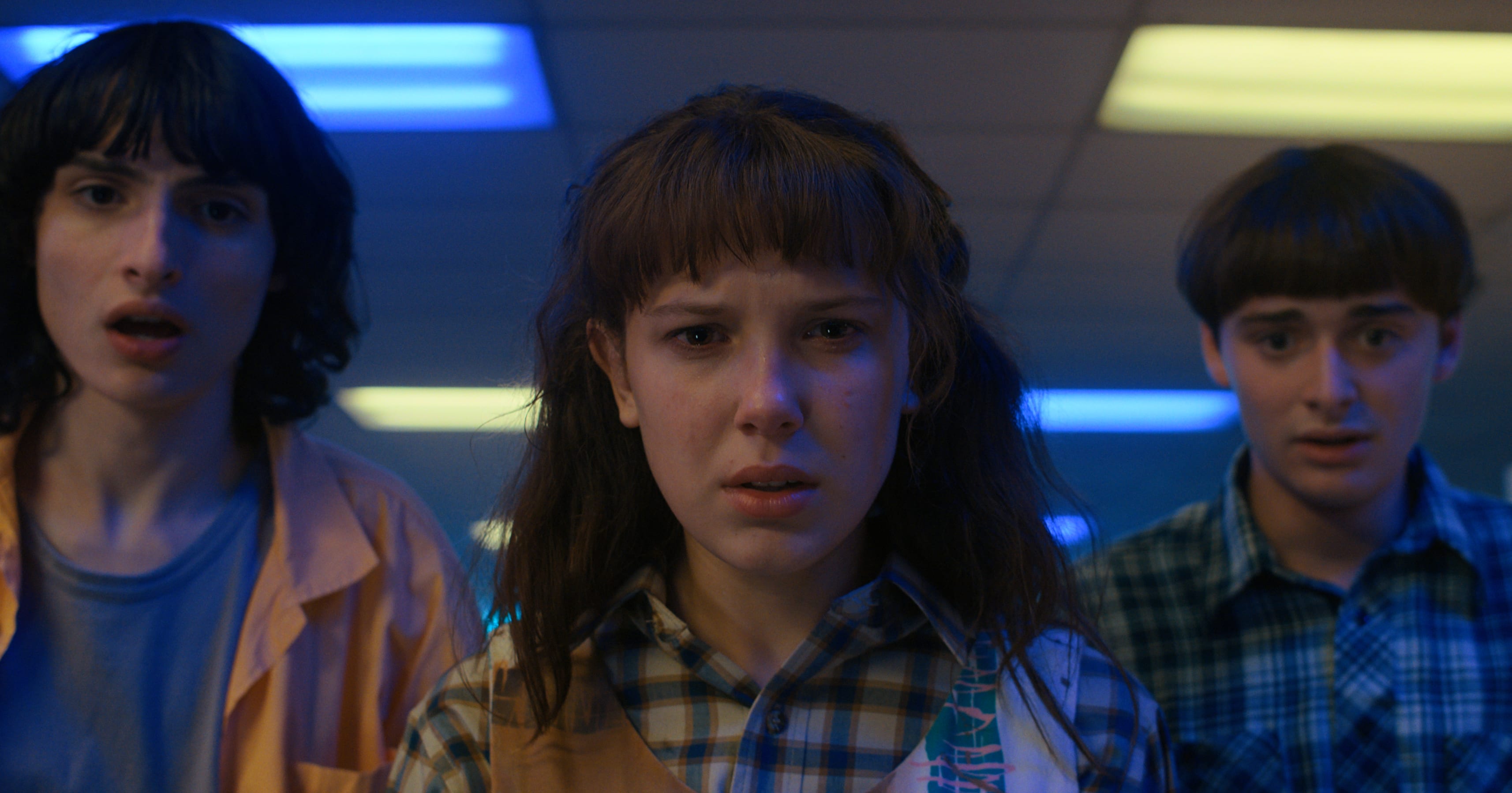
The Hawkins-focused tale and Eleven’s arc (although the less said about it, the better, so as not to spoil its big reveal), however, both crackle with much-needed kineticism and buoy the season when it threatens to sink. As in previous seasons, the second the kids (although looking at the strikingly adult appearances of McLaughlin, Matarazzo, and Sink, you’ll realize their days as children ended long ago) and the teens link up, the whole show springs to life. Kerry remains magnetic alongside the equally compelling Hawke—a pairing that only gets better upon running it back a second time—and their duo gets new life when the Duffers drop Dyer into their orbit. The standout of the Hawkins group is Sink, whose despair and grief over Billy anchor the season’s standout fourth episode “Chapter Four: Dear Billy” in a profoundly affecting manner.
The Hawkins story also has the benefit of introducing the season’s new baddie, Vecna, who brings some viscerally gnarly kills; his murderous methodology evokes Nightmare on Elm Street (the flick gets a direct shoutout from Dustin and sees Freddy Krueger actor Robert Englund guest start in an episode) and helps to give the Upside Down a literal face to rally against after being a nebulous concept for so long. The full scope of Vecna’s plot comes together by the end of the first volume’s predictable cliffhanger in a deeply satisfying way, leaving me legitimately eager for what’s next—despite my qualms about the overall execution of the season. Also inspired is how the Duffers continue to position Hawkins as a Derry-like place of generational evil, a concept that works wonders for building out the legacy and history of a place its denizens have grown to fear—and audiences have grown to love.
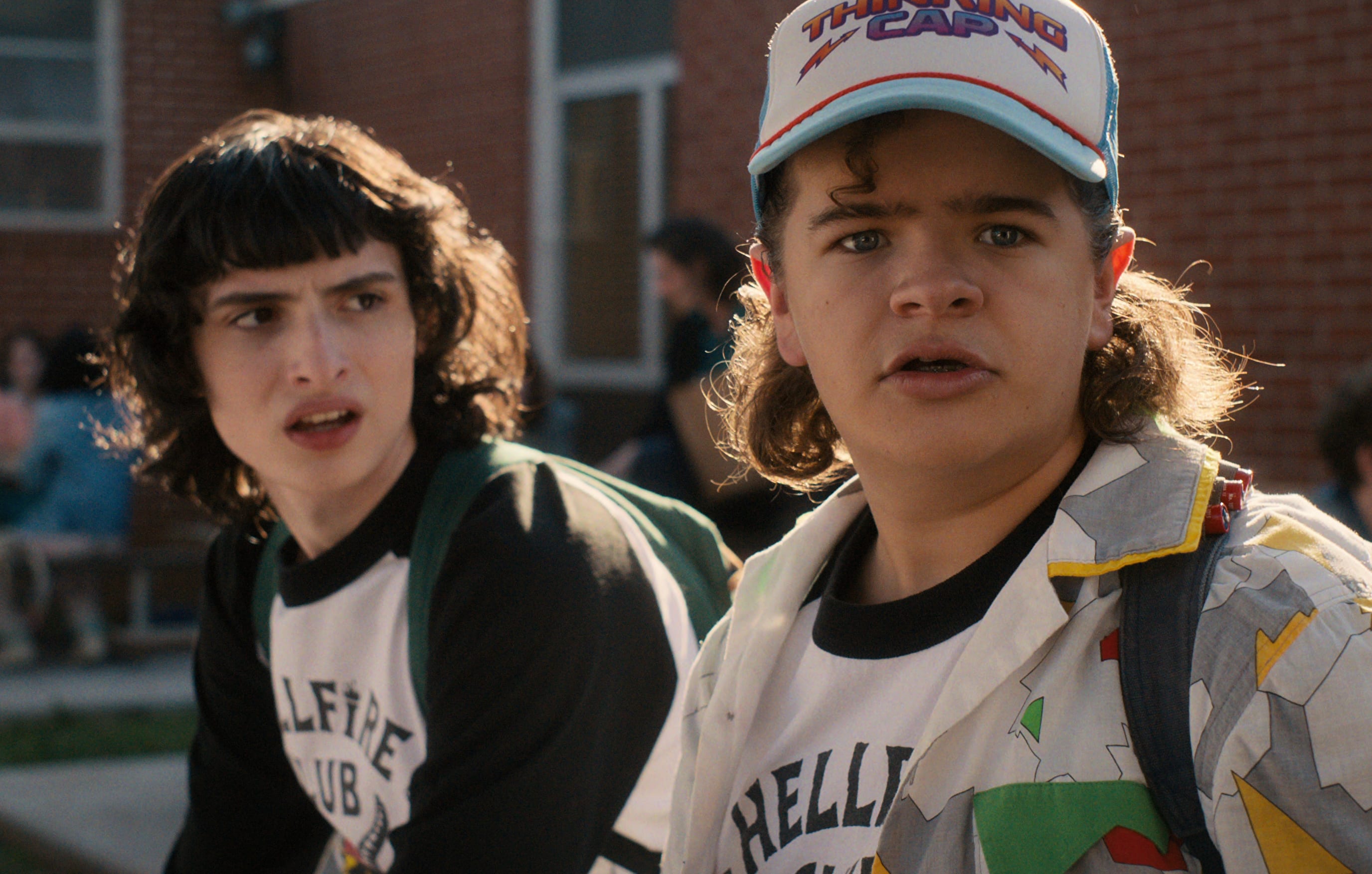
It’s fitting Netflix is the home of Stranger Things, as the fourth season ends up functioning as a micro treatise on the streaming giant’s macro problems. There’s substantial bloat that doesn’t always work—but if you’re willing to cut through the swell, there’s good to be found. Stranger Things 4 might not be enough of a golden goose to save all of Netflix’s ailing woes, but it’s good enough to keep the streamer from falling further into an upside-down of its own.

